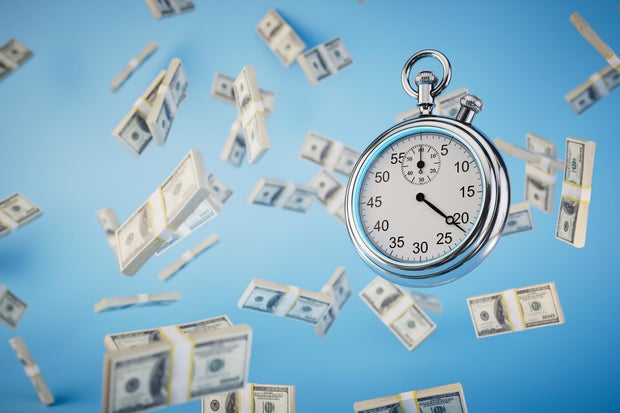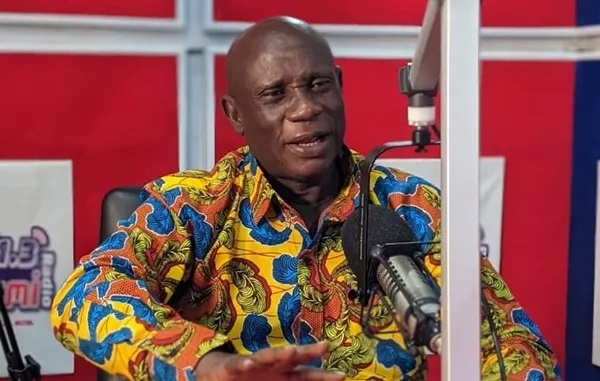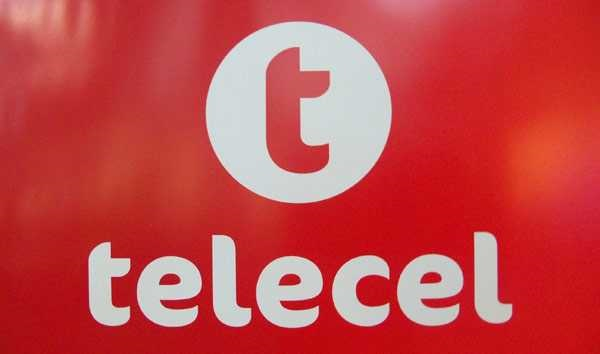Is a high-yield savings account worth it in today's economy? Here's what savings experts think. - CBS News
Edited By
Angelica Leicht
Senior Editor, Managing Your Money
Angelica Leicht is the senior editor for the Managing Your Money section for CBSNews.com, where she writes and edits articles on a range of personal finance topics. Angelica previously held editing roles at The Simple Dollar, Interest, HousingWire and other financial publications.
/ CBS News

While there are numerous interest-bearing deposit accounts for savers to consider, high-yield savings accounts have become a popular financial tool. These accounts are easy to open from the convenience of your own home, thanks to the wide variety of online banks that offer them. And unlike traditional savings accounts, high-yield savings accounts allow you to earn hefty returns on your savings.
Like other savings tools, though, the potential returns on high-yield savings accounts are largely dependent on the economic climate. These accounts were especially worth considering in recent years, as interest rates were high overall thanks to the fight against elevated inflation. When the Federal Reserve lowered the federal funds rate in late 2024 and early 2025, though, many high-yield savings account rates dropped in tandem. That, in turn, led to questions about whether it was really worth it to open this type of savings account.
Whether a high-yield savings account is ultimately worth it for you depends on a range of factors, including your savings goals and liquidity needs, so you'll need to weigh all the factors to determine whether opening one is the right move. But to help you decide, we spoke with savings experts to find out if these accounts are still worth it in today's economic climate.
Find out how to earn more with the right high-yield savings account now.
Here's what experts had to say about opening this type of savings account in this economy:
A high-yield savings account can help you earn considerably more than you would in a traditional savings account. Right now, the average traditional savings account rate is just 0.42%, which doesn't really equate to a meaningful return on your savings. High-yield savings accounts, on the other hand, typically have returns that are many times that.
"High-yield savings accounts do what most savings accounts don't: actually earn something, " says Ryan McLin, a CFP with Impact Wealth Group. "With rates often 10x higher than traditional savings accounts, they're ideal for emergency funds and cash reserves."
To give you an idea of how much better the earning potential is with a high-yield savings account, imagine you had $10,000 of savings to deposit. In a high-yield savings account with a 4% interest rate, you would earn more than $400 in the first year and more than $2,200 after five years. Meanwhile, you would earn about $211 in interest on $10,000 after five years in a traditional savings account with a 0.42% return.
According to McLin, these accounts are well-suited to short-term financial goals, such as the down payment on the home you're planning to buy in the next year or two. They're also the best place to house your emergency fund, thanks to the safety and liquidity they offer.
Explore your high-yield savings account options and get started today.
Interest rates on high-yield savings accounts are variable, so they generally ebb and flow based on the Federal Reserve's federal funds rate and other economic conditions. When the Fed lowers rates, the rates on high-yield savings accounts typically also decline (and vice versa).
"After the Fed raised rates and then hit pause, we saw high-yield savings accounts hold steady with some of the best rates we've had in years," says Michael Rodriquez, a certified financial planner with Equanimity Wealth. "Online banks are still competing for deposits, which is keeping rates elevated for now. It's been a rare bright spot in a pretty uncertain economy."
Though rates may be a bit lower than they were throughout parts of 2023 and 2024 when the federal funds rate was higher, it's still possible to find high-yield savings account rates of 4% or more currently. Rates on these accounts vary from one bank to the next, though, so it's worth shopping around for one with a competitive return.
Of course, there's no guarantee high-yield savings account rates will remain high. If the Fed decreases the federal funds rate, you can expect high-yield savings account rates to dip. But even at their lowest rates, these accounts tend to offer more generous returns than traditional savings accounts.
While high-yield savings accounts are an excellent option for emergency savings and short-term financial goals, they aren't a suitable replacement for investing.
"Don't let interest earned in high-yield savings account replace what equity and even bond markets can offer over the long term," says McLin. "This account isn't for growing wealth but making sure accessible cash doesn't lose purchasing power over time."
According to the U.S. Securities and Exchange Commission, the stock market has an average historical return of about 10% per year. On the other hand, you'd be lucky to earn 5% in a high-yield savings account. This can make high-yield savings accounts less than ideal for things like your retirement savings, where the goal is growing wealth rather than just preserving it.
Your high-yield savings account should also be just one part of your overall financial plan. Generally speaking, you'd turn to stocks and other investments for your retirement and long-term savings and reserve your high-yield savings account for emergency and short-term savings.
High-yield savings accounts are one option for short-term savings, but they aren't the only option. You may also consider certificates of deposit (CDs). CDs have set terms and fixed interest rates, so you're able to lock in today's high rates for the full CD term.
"Short-term CDs, those with maturities of under a year, offer more flexibility, while long-term CDs (one year or longer) typically provide higher interest rates in exchange for less liquidity," says Matt Hicks, VP of Deposit Products at First Tech Federal Credit Union. "However, with the current interest rate environment, consumers can still find short-term certificates with rates equal to or greater than those of their long-term counterparts."
Some banks offer more competitive rates on CDs than on high-yield savings accounts, which can make them a solid choice. However, CDs also require you to lock up your funds for the full term. If you do withdraw money early, you will generally face early withdrawal penalties.
High-yield savings accounts can still be worth it in today's economic climate, especially compared to traditional savings accounts. While rates are a bit lower than they were a year or two ago, high-yield savings accounts remain one of the best tools for your short-term and emergency savings.
Just make sure to think of a high-yield savings account as a part of your financial strategy instead of the entirety of it. When combined with other financial tools, though, high-yield savings accounts can help you meet your financial goals and preserve the value of your hard-earned savings.











